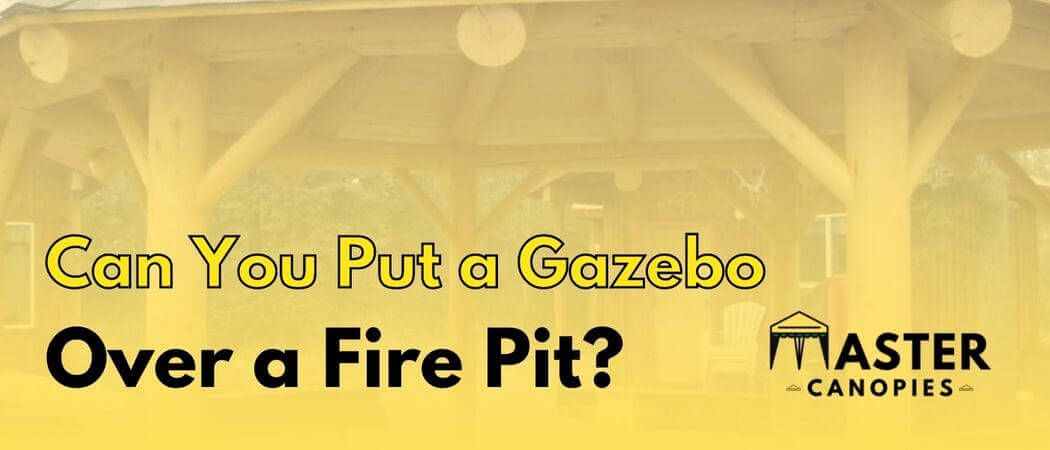
Can You Put a Gazebo over a Fire Pit?
Can You Put a Gazebo over a Fire Pit? Published September 9th, 2022 by Allen Campbell A gazebo is a perfect way to add a
Published September 9th, 2022 by Allen Campbell
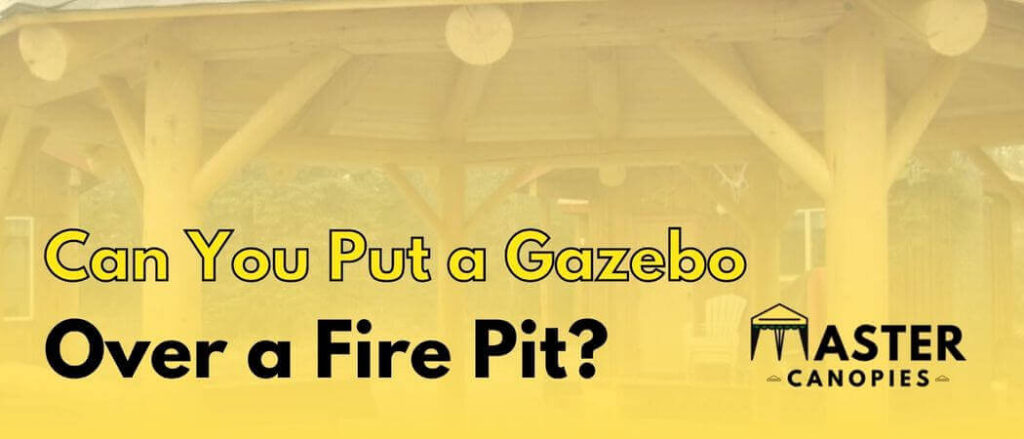
A gazebo is a perfect way to add a touch of elegance to your backyard, but can you put one over a fire pit? The answer is yes – and it’s actually a great idea! Not only does it provide some much-needed shade on hot days, but it also protects your guests from the heat of the flames.
However, before putting your gazebo over a fire pit, there are a few safety measures you should take. Therefore, continue reading to learn more about this interesting backyard arrangement.
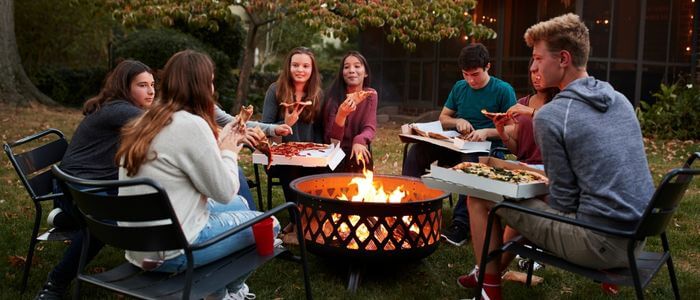
Gazebos are available in a wide range of materials, but not all of them are created equal when it comes to fire. Some gazebos are made from materials that are more susceptible to burning, and this means that they should be avoided if you’re planning on using any open flame sources.
Firstly, you should consider the distance between your gazebo and the fire pit. Keep your fire pit 25 feet away from anything that could conceivably catch on fire, like trees or any building structures.
Each side of the fire pit should be at least 3 feet away from the gazebo, including the roof. The roof should be 8 feet high so that no sparks or embers can fall down and start a fire.
Additionally, you should make sure that your gazebo is properly ventilated to keep the air circulating. By doing this, you will prevent any heat accumulation that might result in a fire.
The air vents will allow the smoke and carbon monoxide to escape quickly, and they should be located near the top of the gazebo so that they are not obstructed.
You should also avoid using any decorations made from flammable materials, such as paper lanterns or streamers. Keep these items at a safe distance from open flames.
Also, remember to opt. for brick, stone, or concrete flooring in your gazebo. It is because these materials are not prone to expansion or contraction with temperature changes, which could lead to cracking. Vinyl is one material you will want to avoid because it changes its shape when comes in contact with heat.
You should avoid using wood flooring in your gazebo, especially if there’s a fire pit nearby. Wood is a great heat conductor, which unfortunately makes it very flammable.
The side pillars of your gazebo should also be made from materials that are not flammable, like concrete or metal. Make sure that the pillars are not made of wood, or they may catch fire easily and make the gazebo dangerous to use.
Lastly, keep the level of fire inside the fire pit to a minimum. If the flames are too high, they could create a problem for the gazebo.
In my opinion, the best type of fire pit to use in a gazebo is a propane fire pit. Propane fire pits are more manageable and offer you greater control over how hot they will get.
This allows people to easily communicate their preferences with others around them. Also, propane fire pits are less likely to create an unpredictable situation.
Important: There are some states and counties that have regulations about using propane fire pits. So, you should also verify with your local officials to ensure that utilizing one in your gazebo is permissible.
I’ve researched that the majority of the locations require the fire pit to be at least 10 feet away from any residences or other buildings. The reason for this is that if the fire were to spread, it would have a harder time reaching the buildings.
The woodfire pits are not ideal to use in gazebos because they can get very hot and may cause sparks or embers to fly. This could be a fire hazard or damage to your flooring.
Now that you know what type of fire pit to use, and how to set it up safely in your gazebo, it is time to learn how to use Fire Pit safely.
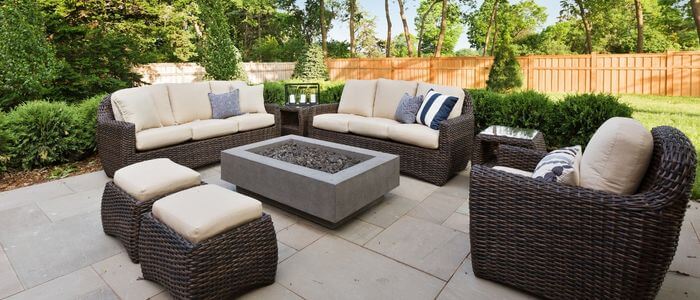
Although fire pits are ideal for gazebos, there are other ways to generate heat while spending time outside.
One option is to use “grill gazebos” that come equipped with metal supports and roofs. These are safe to use near fire pits because they’re made of materials that won’t catch on fire easily.
Consider utilizing an electric heater to heat your area if you’re seeking a secure and environmentally responsible option. Electric heaters are available in both gas and electric models, so you can choose the perfect one for your needs.
You’ll find a variety of options, including ceiling-mounted, wall-mounted, and freestanding gazebos. Just select one that suits best with how much room there is inside it already.
Also, you can add a fireplace to your gazebo. The best thing about having a fireplace in your gazebo is that it will add both warmth and value to your gazebo. It is available in both gas-powered and wood-burning versions. A gas fireplace can be controlled by a remote while a wood-burning fireplace can’t.
Although it is possible to put a gazebo over a fire pit, there are certain things you need to evaluate beforehand. Make sure that your gazebo is made of fire-resistant material and that there’s enough ventilation for your fire pit.
Also, make sure that you check with your local ordinances to see if there are any regulations about using fire pits in gazebos. And finally, always use caution when using a fire pit and it is important to put it out completely before leaving the area.
If you don’t want to use a fire pit in your gazebo, there are many other ways to keep warm like using a “grill gazebo”, an electric heater, or adding a fireplace.
Although fire pits can be enjoyable, it is essential to follow safety procedures. Only burn materials that are safe and approved for use in a fire pit. Do not burn treated wood, as the chemicals can be released into the air. Do not burn plastics or other synthetic materials, as they will release harmful fumes.
Do not burn garbage, as it can create hazardous conditions. These guidelines will allow you to safely enjoy your fire pit. If you have any doubts, speak to an expert before taking further action.
While most fire pits are made of durable materials that can withstand the elements, it’s important to take some basic precautions to protect your investment. If you live in an area with high winds, it’s a good idea to cover your fire pit when it’s not in use.
This will help to prevent debris from being blown into the pit and igniting a fire. Furthermore, it’s crucial to have a clean fire pit free of ashes. Over time, ashes can build up and block the airflow, making it difficult to start a fire.
There’s no right or wrong answer when it comes to whether or not you should put sand in the bottom of your fire pit. Some people believe that sand helps to absorb heat and prevent the fire pit from becoming too hot, while others find that it simply makes the fire pit more difficult to clean.
Using sand in your fire pit is a personal decision. If you do choose to use sand, be sure to purchase quality fire pit sand that is designed for high temperatures. You’ll also need to take care when adding and removing the sand, as it can be quite heavy.

Allen is a full time writer at Mastercanopies.com and enjoys traveling around the United States and exploring nature. He enjoys writing about canopies as he believes they are extremely crucial in having a successful camping trip whether it be a trip to the beach, mountains, or the open plains.

Can You Put a Gazebo over a Fire Pit? Published September 9th, 2022 by Allen Campbell A gazebo is a perfect way to add a
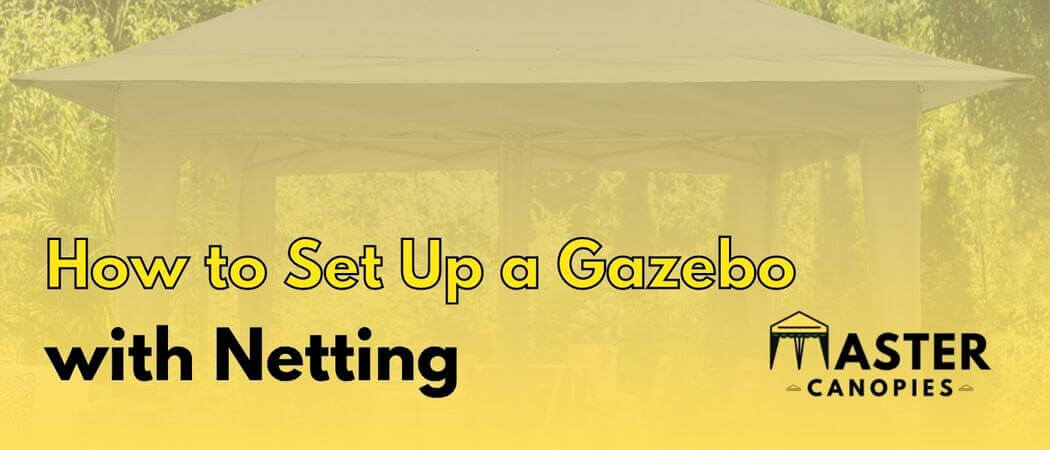
How to Set Up a Gazebo with Netting: Put Netting on Your Gazebo Published August 30th, 2022 by Allen Campbell Summer is in full swing,

How to Assemble 10’x10’ Gazebo Tent: Assembly Instructions Published August 29th, 2022 by Allen Campbell A gazebo tent is a popular structure for outdoor events
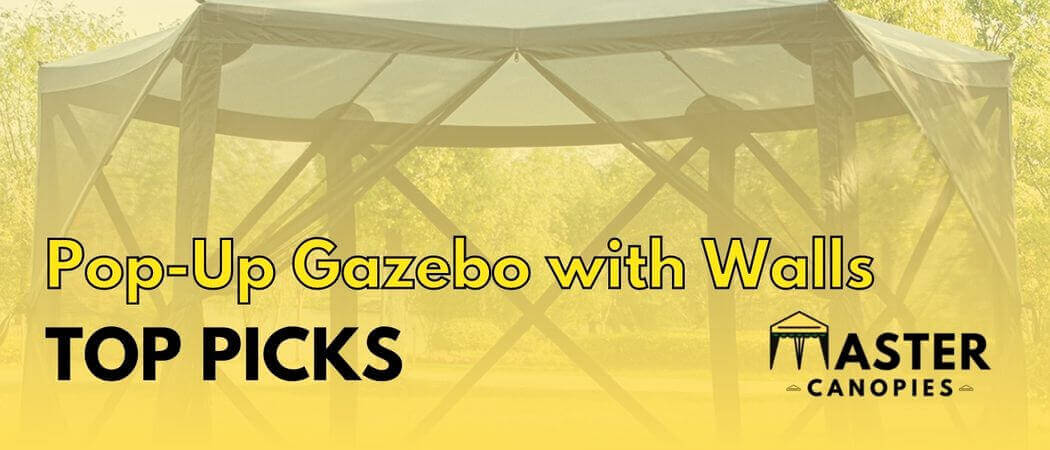
Best Pop-Up Gazebos with Walls: TOP PICKS Published August 25th, 2022 by Allen Campbell A gazebo is a great way to add some extra living

Will Gazebos Get Blown Away? How to Secure Your Gazebo Tent Published August 12th, 2022 by Allen Campbell Gazebos are a popular addition to yards

Palapa vs Gazebo? What are the Differences? Published August 4th, 2022 by Allen Campbell Whether you’re looking to add some extra shade and relaxation to
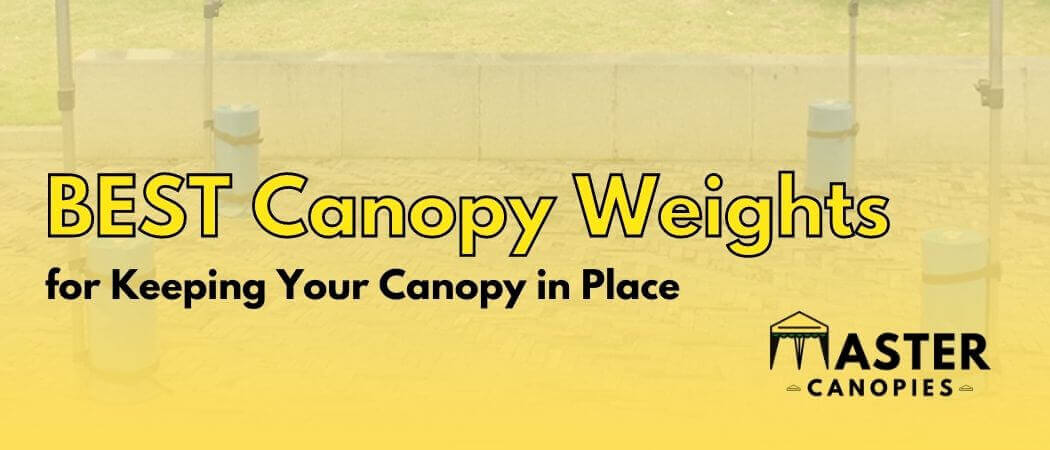
BEST Canopy Weights for Keeping Your Canopy in Place Published April 16th, 2022 by Allen Campbell Do you just buy your canopy tent and now

Master Canopies is here to bring you the best canopies for the outdoors so that you can enjoy the fresh air without the gleaming and burning light of the sun.

Master Canopies is here to bring you the best canopies for the outdoors so that you can enjoy the fresh air without the gleaming and burning light of the sun. As an Amazon Associate, we earn from qualifying purchases.